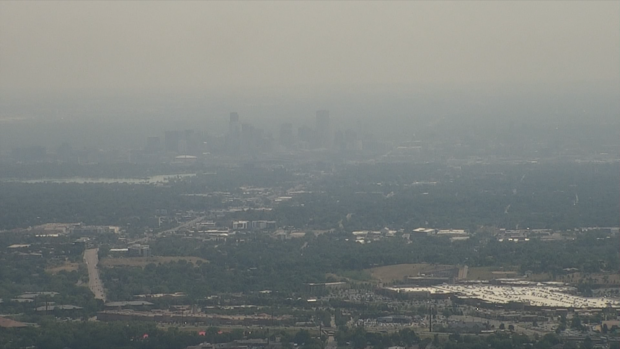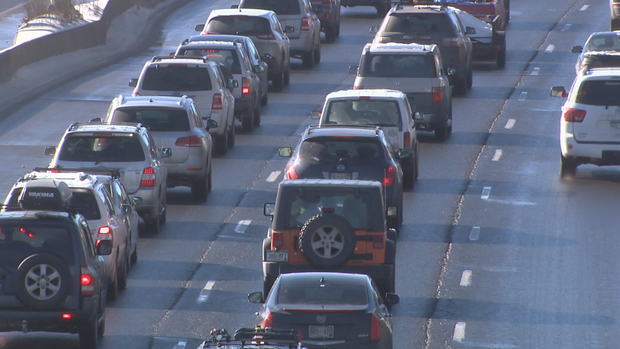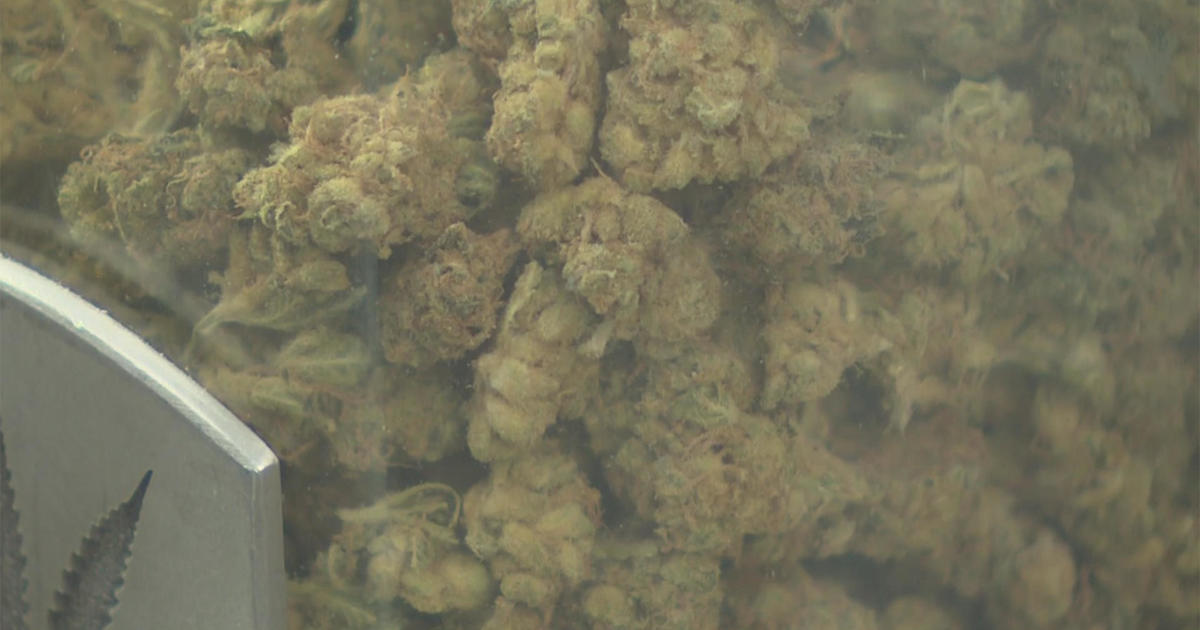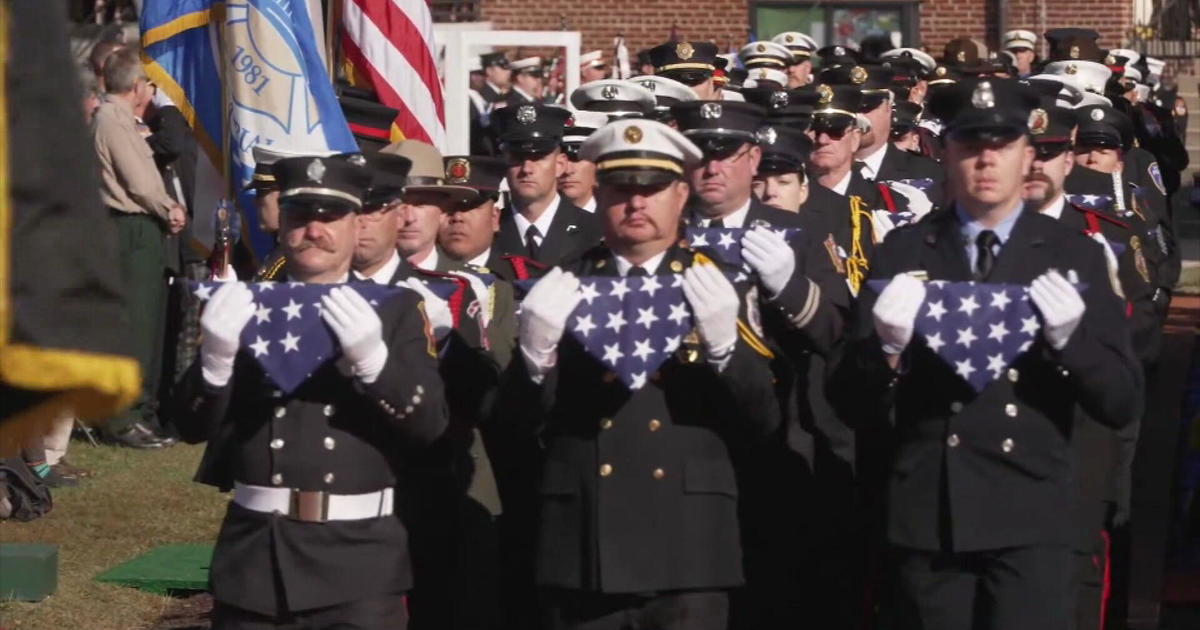How Getting Gas Before 10 A.M. Or After 5 P.M. Can Help Colorado Front Range Air Quality This Summer
DENVER (CBS4) - With June around the corner now is the time to start thinking about summer air quality along the Front Range. One of the biggest concerns is ozone which is a big problem along Colorado's Interstate 25 urban corridor during the hottest days of the year.
Ozone is a gas found in two layers of Earth's atmosphere. Naturally occurring ozone is the good kind of ozone gas found high above the ground in the stratosphere. It helps to protect us from the harmful rays of the sun.
The bad kind of ozone gas is found close to the ground and forms as pollution from human activities essentially "cooks" in the hot sun, undergoing a chemical reaction that forms ozone gas. Breathing in high concentrations of ozone gas can trigger asthma attacks, aggravate pre-existing respiratory conditions and make breathing difficult. It can impact everyone from the young and elderly to those who work and exercise outside.
There are many sources of pollution that contribute to high levels of ozone along the Front Range but vehicles and fuels are two of the biggest offenders. That's why we constantly encourage people to carpool, combine trips when possible or take public transportation. The less vehicles we have on the road the lower the emissions.
But the title of this story talks about getting gas during certain times of the day. When it comes to ozone, the goal is to have as little pollution as possible in the air during the middle of the day since ozone production peaks when the sun angle is highest and the temperatures are warmest.
Every time someone gets gas in their car or truck, fuel vapors are released into the air, and that adds to the total amount of pollution. Even though we don't see these vapors, they are present.
And while you may feel that your particular contribution is small (and in reality it is) when you multiple thousands of people getting gas up and down the Front Range during the hottest part of the day it adds up. Stopping at the click on the pump is also a good habit to adopt. Why? Read about that in the link below.
RELATED: Here's Why We Need To 'Stop At The Click' When Getting Gas In Our Vehicles
To help reduce ground-level ozone on a hot day during the summer it is best to avoid any activity that uses fuel or releases vapors during the hottest part of the day. We've already talked about cars and trucks but this also applies to gas-powered lawn equipment and the use of paints or stains. Doing chores like mowing, painting or staining before 10 a.m. or after 5 p.m. helps to keep the air along the Front Range as clean as possible.
To alert the public to potential days with high ozone there is a summer ozone season along Colorado's Front Range that runs from June 1 to August 31. It covers cities including Denver, Boulder, Aurora, Castle Rock, Greeley, Loveland and Fort Collins.
If an alert is issued that means that ozone levels have either exceeded federal standards or are expected to with the conditions in place. Weather plays a big role in air quality. We tend to see the lowest air quality on days with light wind, clear skies and hot temperatures. Atmospheric temperature inversions can also lead to poor air quality at the surface.







